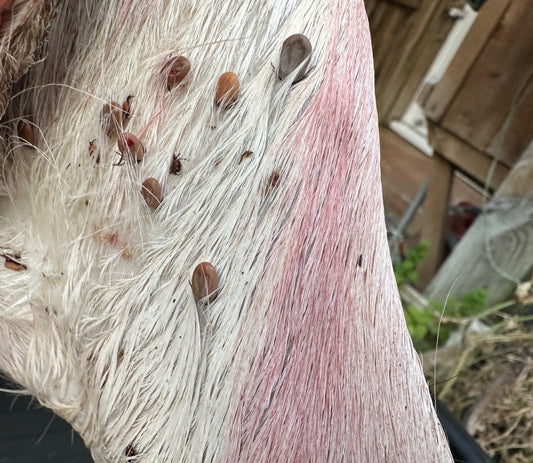The presence of native roe and red deer, alongside introduced species such as muntjac and fallow deer, has played a pivotal role in shaping the contemporary character of British woodlands, particularly through their browsing activities which have led to a marked absence of understory vegetation and distinct browsing lines.
The Evolution of UK Woodlands
In the aftermath of the wars, British woodlands were in a state of considerable flux. The need for timber during and after the conflicts led to extensive felling, followed by replanting efforts aimed at restoring the country's forest cover. These new plantations, often composed of fast-growing, non-native conifer species, marked a significant departure from the ancient, deciduous forests that had previously dominated the landscape. As these woodlands grew and evolved, so too did the challenges associated with managing them, including the impact of deer populations.
The Impact of Deer on Woodland Ecology
Deer, both native and non-native, have a profound impact on woodland ecosystems. Through their browsing habits, deer can influence the structure and composition of forests. The absence of understory in many of the UK's woodlands is a direct result of deer feeding on young saplings and shrubs. This not only affects the aesthetic appearance of these forests, creating clear browsing lines where deer have eaten vegetation up to a certain height, but it also has significant ecological consequences.
The reduction of understory vegetation due to deer browsing impacts woodland biodiversity, reducing habitats for a variety of species and altering the food web. Additionally, the suppression of young tree growth can hinder forest regeneration, leading to concerns about the long-term sustainability of these woodlands. The presence of non-native deer species, such as muntjac and fallow deer, compounds these challenges. These species often have fewer natural predators and can achieve higher population densities, exacerbating the impact on woodland understories.
Adaptive Management and Conservation Strategies
Addressing the impacts of deer on woodlands requires a multifaceted approach, combining active management of deer populations with efforts to restore and conserve forest habitats. This includes culling to control deer numbers and protect young trees, alongside the reestablishment of native vegetation to enhance biodiversity and ecological resilience. Fencing and other physical barriers can also be effective in protecting specific areas from deer browsing, allowing the understory to recover.
There is a growing recognition of the need for landscape-scale conservation efforts that consider the ecological connectivity between woodlands and other habitats. This includes creating wildlife corridors that allow deer and other species to move freely across the landscape, reducing the pressure on any single woodland area. Engaging local communities and landowners in conservation efforts is also crucial, fostering a shared sense of stewardship over the UK's natural heritage.
Conclusion
The transformation of the UK's woodlands over the past 120 years reflects the complex shift between human activity, wildlife dynamics, and ecological processes. The impact of deer, both native and introduced, on these landscapes highlights the challenges of managing natural resources in a way that balances ecological integrity with human needs and desires. By adopting innovative and adaptive management strategies, there is an opportunity to restore the multifunctional character of the UK's woodlands, ensuring they continue to thrive as reservoirs of biodiversity and cultural heritage for generations to come.





